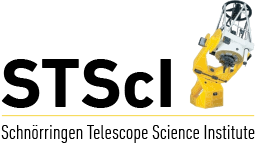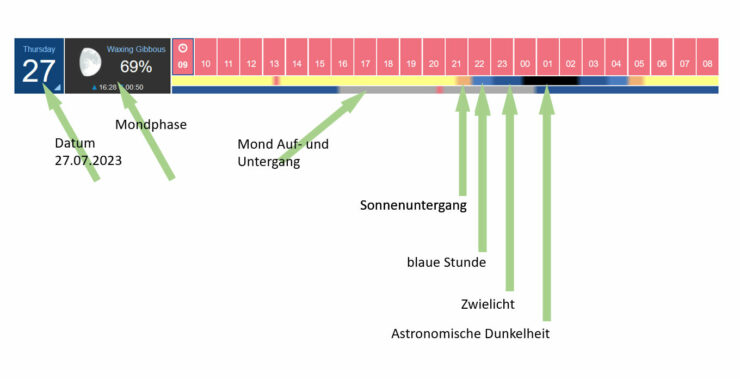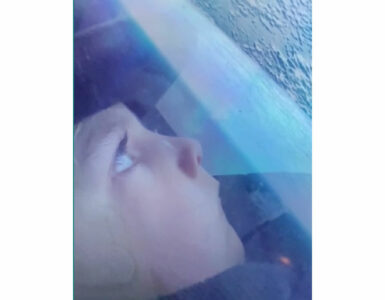Of course, there is no objective “right” or “wrong” in this case, but most amateur astronomers know a subjective one. The inclination of the earth’s axis in relation to the sun influences the length of our days – and thus also how long we have time at night to operate our telescopes.
In the time plus/minus four weeks around the summer solstice there is no astronomical darkness for quite a while, this causes problems when photographing many objects in the night sky – especially the galaxies, which are actually well in the sky during this time. This circumstance is only noticed by those who often look into the sky for a longer time in the evening – after the blue hour you can already see many stars, but somehow the sky is even more impressive one hour later. This is due to the twilight phase. A sunset runs in the phases: Dusk – Blue hour – Twilight – Astronomical darkness. Now in summer when the days are longest, the twilight phase after dusk passes directly into the twilight phase before dawn. If you try to take beautiful photos of darker objects during the twilight phase you will be disappointed very quickly, the beautiful details are not visible at all and the coarser structures are totally washed out. But this time is perfect to install, calibrate and test the equipment – you won’t miss anything.
Text: Simon Gier






Add comment